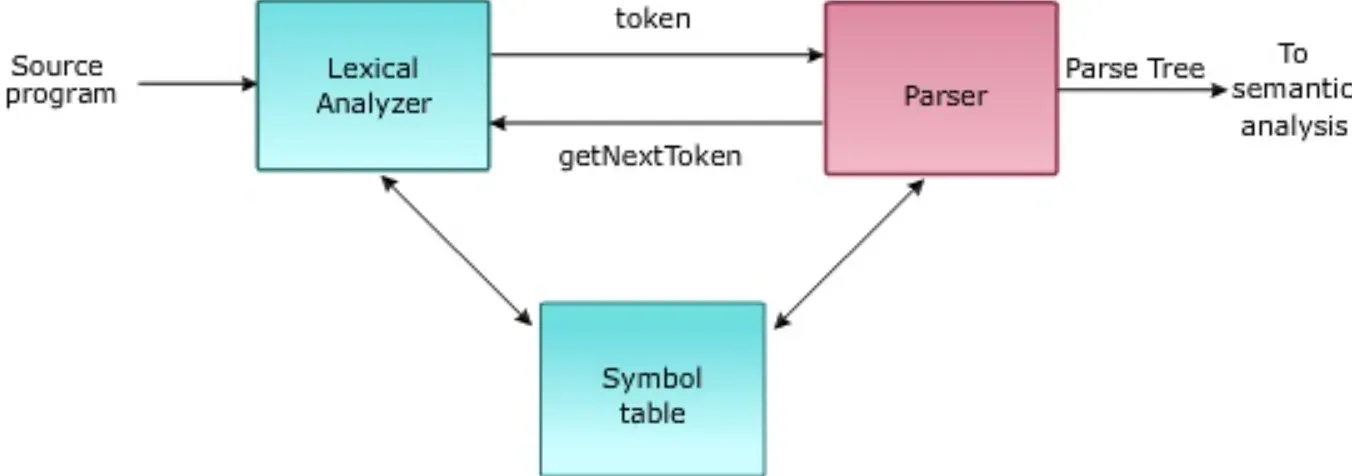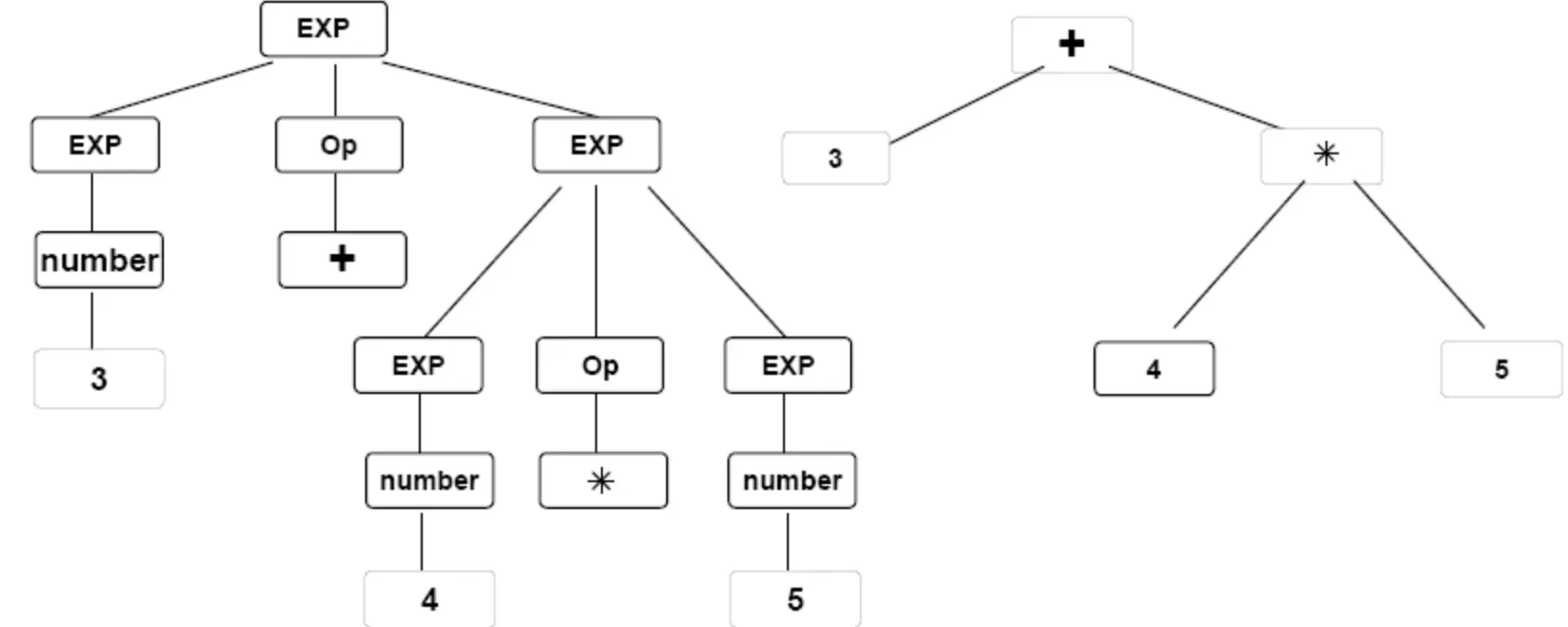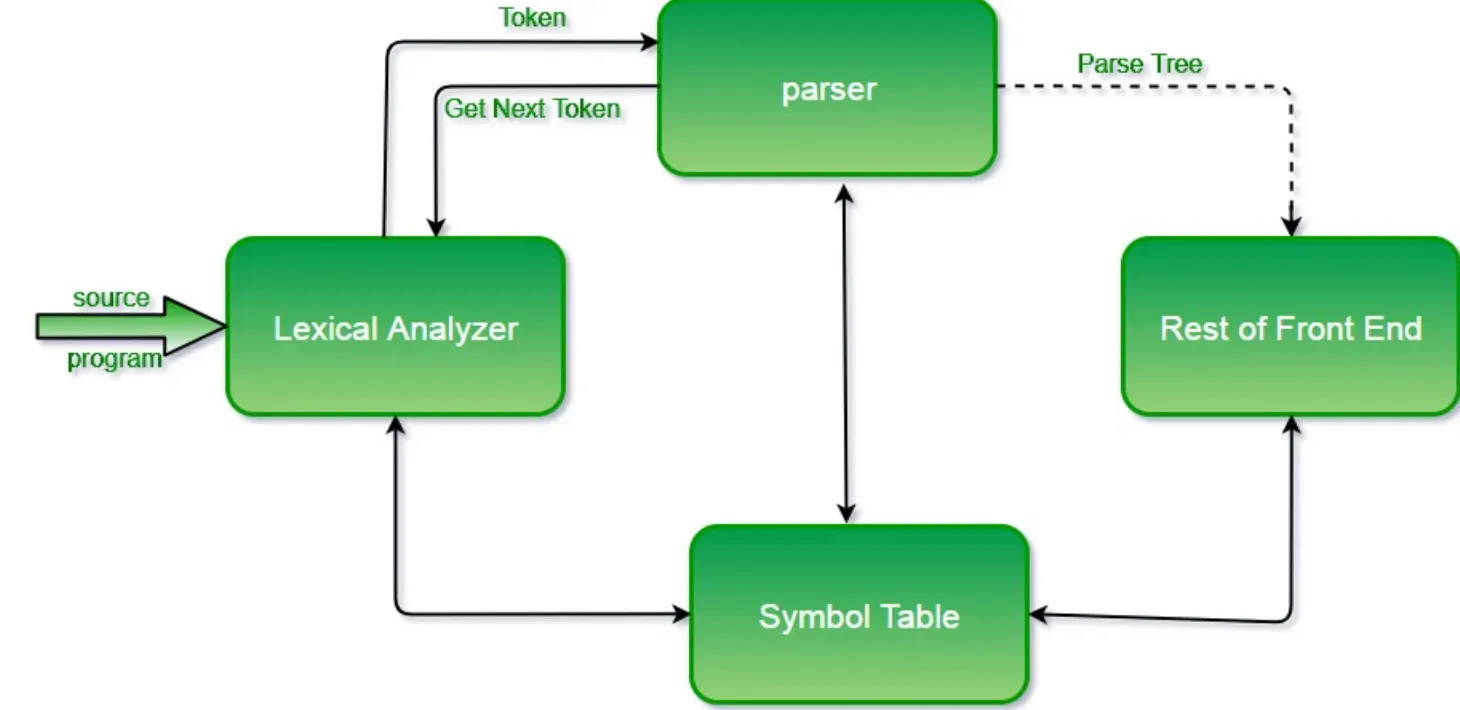What is Syntactic Analysis?
At its core, Syntactic Analysis, otherwise known as parsing, is a critical procedure used in both computer science and linguistics that dissects sequences of symbols. These symbols can be words in the formation of language or instructions in programming code. The main purpose of this technique is to establish the correct syntax or structure within these sequences.
Imagine this as fashioning a jigsaw puzzle—syntactic analysis deconstructs the complete picture into individual pieces, only to put it back together following a specific structure, which in this case is the 'syntax'.
Role in Computer Science
In the vast landscape of computer science, syntactic analysis acts as the bridge that allows human-coded instructions to be understood by machines. It essentially converts human-readable code, written in complex programming languages into a more simplistic, machine-friendly format.
Consider an example where a coder uses the Python language to script a program. For humans, the pythonic syntax feels intuitive and easy to interpret, but it's far from comprehensible to a machine. Here, syntactic analysis steps in, decomposing the script, verifying its correctness, and refactoring it into a form machines can process—much like a translator conversing between two languages.

Role in Linguistics
Just as it does in computer science, syntactic analysis has a significant role to play in the field of linguistics. Here, it performs a surgical dissection of sentences to unveil their inherent structure, meticulously analyzing each word to understand its grammatical role and relationship with the others—an endeavor enabling us to grasp language at a much deeper level.
To illustrate, in the sentence "The cat quickly chased the mouse", the syntactic analysis would peel back the layers to identify "The cat" as the subject, "chased" as the predicate, and "the mouse" as the object. "Quickly" would be recognized as an adverb modifying the verb "chased".
Importance of Syntactic Analysis
Understanding and adhering to a correct syntax is fundamental for any form of effective communication, be it coding languages or human speech. Syntactic analysis helps bridge the gap between our intricately designed human language systems and the straightforward binary realm of computers.
It ensures our beautifully complex human thoughts can be processed by machines, whereas it also guarantees our code is coherent and correctly strikes the keys that set the binary world into motion.
Who Uses Syntactic Analysis?
Syntactic analysis is used across a spectrum of fields, from creating efficient computer software to understanding the complexities of human speech. Let's explore who benefits from this tool:
Programmers and Developers
Programmers use syntactic analysis to verify if their code complies with the correct structure of a programming language. It's like having a diligent language teacher on hand as you write, who saves you from minor errors before they become significant problems.
Linguists and Language Researchers
For linguists and language researchers, syntactic analysis is akin to having a powerful microscope that enables a granular examination of language. They use it to frame detailed models of various languages, enhancing our understanding of the complexities, quirks, and beauty of human communication.
AI Developers
AI Developers use syntactic analysis as a critical tool in the instruction manual to help machines grasp, interpret, and mimic human language. It's like an advanced language course for machines, aiding them to comprehend the Byzantine maze of human communication and respond in kind.
Compilers in Computer Science
Much like diligent editors, compilers use syntactic analysis to transform coded instructions into a machine-readable format. This crucial transformation enables computers to execute the given command, acting as a key facet of the interaction between human thought and mechanical action.
When is Syntactic Analysis Performed?
The syntactic analysis finds its application across all levels of development, from the initial stages of coding to the later stages when everything appears complete. Here's a closer look:

Coding Stage in Computer Programming
As programmers design software, they utilize syntactic analysis under the hood at virtually every keystroke. Similar to spell-check in a word processor, it automatically spots syntax errors as they manifest, ensuring that the correct structure is maintained from the beginning.
Debugging and Compilation Phases
Even when the coding phases are complete, syntactic analysis has a role to play in validation. During the debugging and compilation stages, it dons the hat of an examiner, double-checking the software for any overlooked errors and ensuring every bit of the code seamlessly interacts to bring the software to life.
Language Model Building
In the domain of linguistics, syntactic analysis comes into action during the construction of language models. These models, like detailed maps, serve to outline sentence structures and demonstrate how different words play their part in the grand scheme of the linguistic landscape.
During AI Training
In the arena of Artificial Intelligence, syntactic analysis is implemented during the machine learning phase – it's like conducting language classes to 'teach' AI how to decipher, process, and emulate human language.
Where is Syntactic Analysis Used?
Syntactic analysis has its tentacles spread across a wide variety of fields:

Software Development
Syntactic analysis is the invisible hand ensuring efficiency in software development. It critically aids in producing robust, accurate, and efficient code, and in identifying and rectifying errors during the debugging stage.
Compiler Design
In the design and operation of compilers, syntactic analysis serves as an indispensable tool for transforming code from a form that's meaningful to humans into a form interpretable by machine language.
Artificial Intelligence
In the ambitious world of Artificial Intelligence, particularly Natural Language Processing (NLP), syntactic analysis is a torchbearer, leading the way for machines to comprehend and mimic human language.
Linguistics
In the academic field of linguistics, syntactic analysis is an invaluable asset for unlocking the mysteries of language structure and function. It serves as the cornerstone for developing comprehensive grammatical models of languages.
Why is Syntactic Analysis Important?
Every tool is as good as the purpose it serves, and syntactic analysis is no exception. Here's why it holds a crucial place in its respective fields:
Enhances Code Efficiency
Syntactic analysis acts like a 'syntax spell-checker' to programmers, enabling the early detection of errors before they balloon into serious issues. With this, it greatly boosts coding efficiency, preventing those draining, hair-pulling debugging sessions.
Unlocks Understanding of Language Structure
Syntactic analysis holds the key to our understanding of languages. It provides insights into how languages are structured and how words put on their dancing shoes to perform together, forming meaningful sentences.
Facilitates Machine Understanding of Human Language
Syntactic analysis shoulders a vital responsibility in the mission of teaching machines to understand and 'speak' human language. It translates the complexities of our linguistic systems into concepts that can be grasped by AI. It's the Rosetta Stone bridging the gap between humans and AI.
Ensures Proper Program Execution
Syntactic analysis serves as the final pit stop assuring a smooth ride for software programs. By checking the syntax of the code during the compiling stage, it affirms that programs run flawlessly, ensuring the machine correctly interprets the programmer's instructions.
How Does Syntactic Analysis Work?
The magic wand of syntactic analysis weaves its spell in four stages:

Token Generation
The first step in syntactic analysis is akin to a reader highlighting important parts of text. It involves parsing the code or the sentence into individual pieces, known as 'tokens'. Each token carries a specific meaning just like words in a sentence or commands in a program.
Building a Syntax Tree
Once the tokens are generated, the process proceeds to build a syntax tree. This is akin to creating a family tree, but for tokens. It visually demonstrates how each token relates to the others, weaving a lattice of interaction, forming the syntax of the sequence.
Error Detection and Reporting
If any violation of syntax rules is encountered during the formation of the syntax tree— say, like a sentence missing a verb— the system detects the issue and returns an error message. This allows for immediate resolution.
Transformation Into Understanding
Upon success in the previous stages, the correctly parsed sequence is then put to work. In the world of computing, compilers use it to execute commands. In the realm of AI, it's used for understanding and generating language.
Frequently Asked Questions (FAQs)
What are tokens in Syntactic Analysis?
Tokens are the smallest units of meaning identified during the syntactic analysis. They can be words in a sentence or commands in a code line.
How does Syntactic Analysis aid in error detection in coding?
Syntactic analysis checks whether the code follows the correct grammar and syntax of the programming language. If not, it generates an error message.
What is a Syntax Tree?
A syntax tree is a visual representation created during syntactic analysis that shows the hierarchical relationships between tokens in a sequence.
How does Syntactic Analysis help AI understand human language?
Syntactic analysis breaks down sentences into tokens, giving AI a better understanding of how words interact and form meaning in a sentence.
Is Syntactic Analysis limited to English?
No, syntactic analysis can be applied to any human language, programming language, or symbolic system with a defined set of syntax rules.

